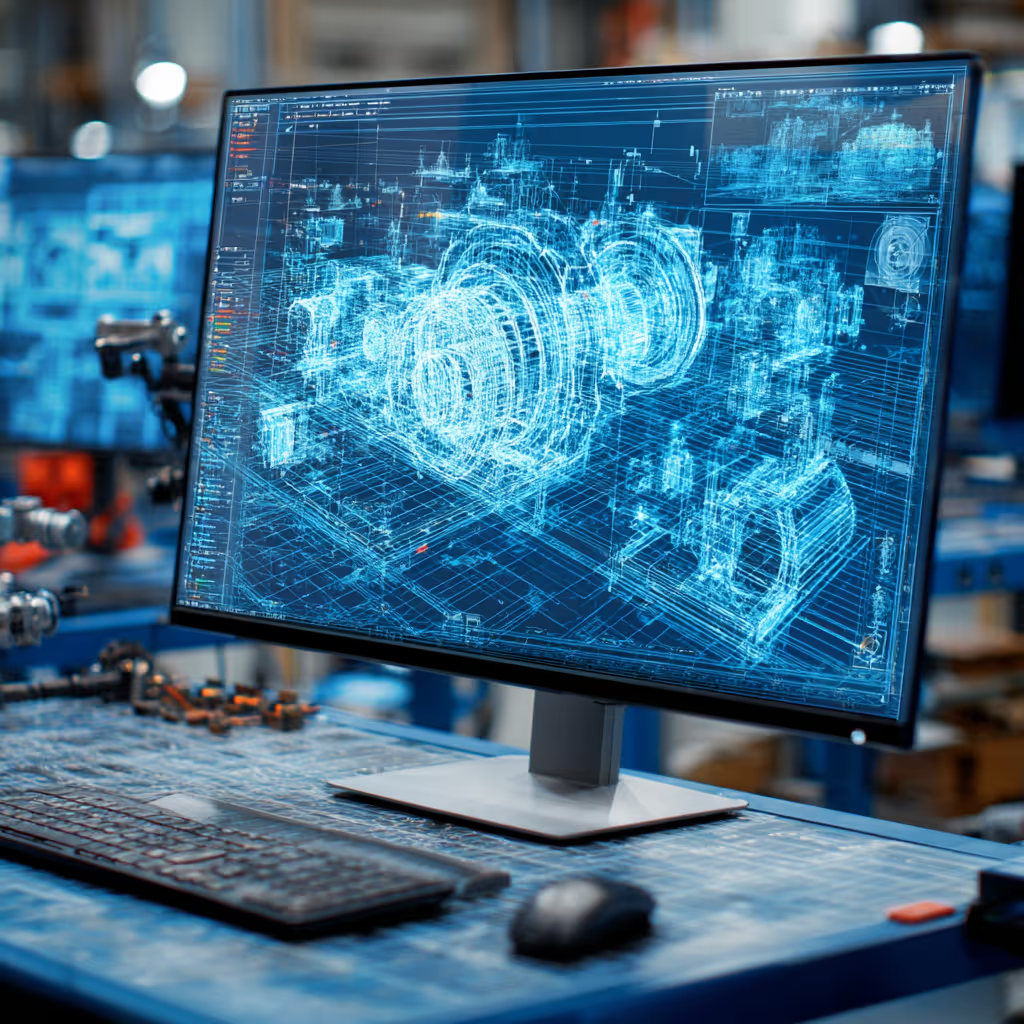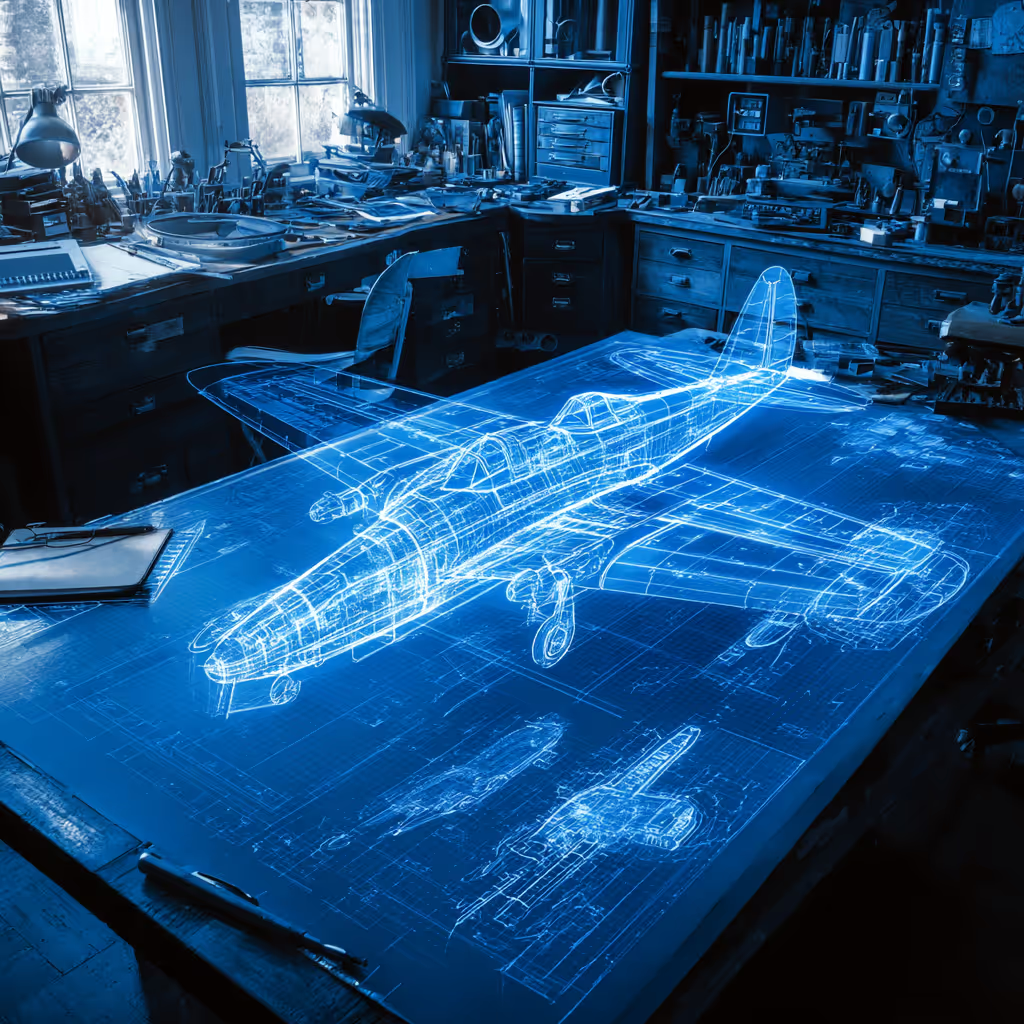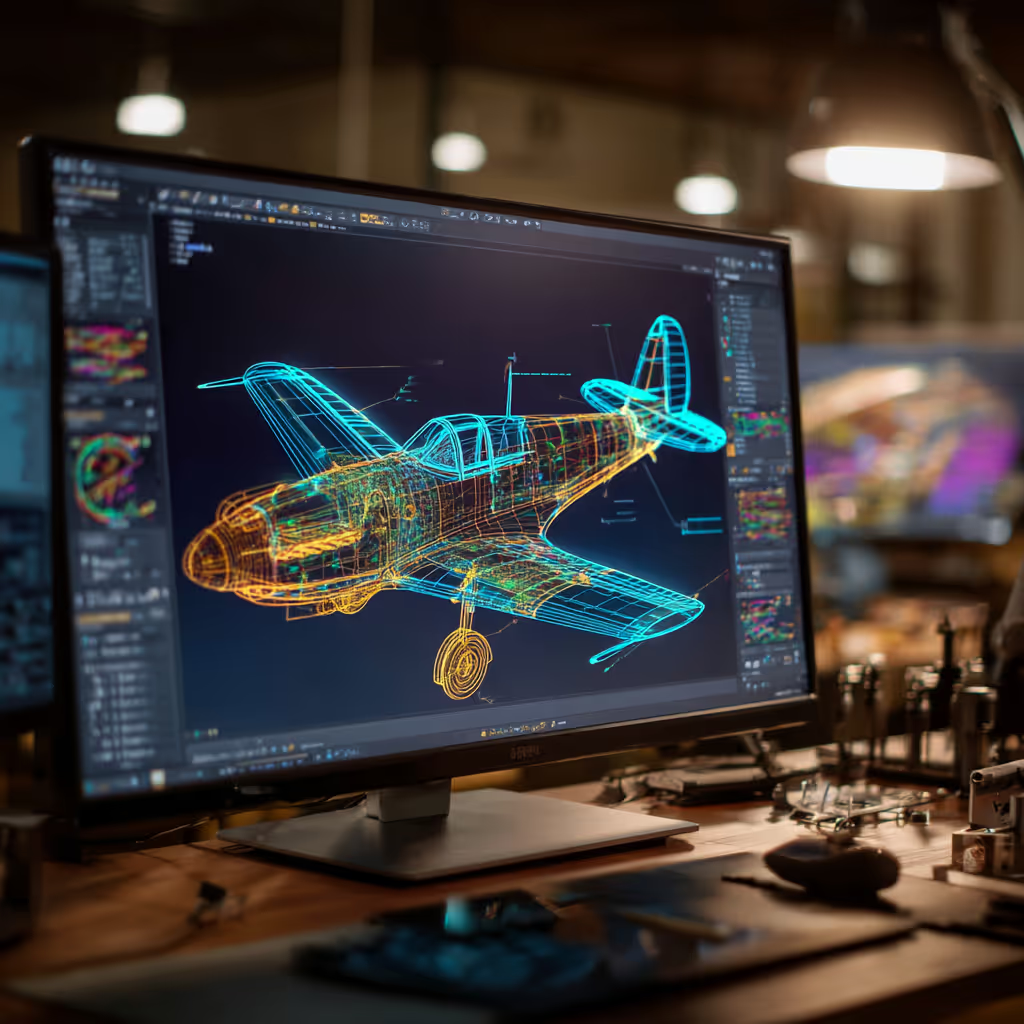Reverse Engineering Nature to Create Robots for Production Lines
How random are nature and the evolutionary process that defines today’s living organisms? According to an evolutionist, not so random as evolution ensures that an organism develops the parts it needs to survive. This means, there’s a lot for engineers, manufacturers, and designers, to learn from the evolutionary process when creating products to be used in navigating nature. And there’s precedence for this, the Wright brothers were inspired by birds in flight, drones were inspired by insects and the robotics industry is majorly influenced by nature.
This influence can be seen in the robotic arms in factory assembly lines and the crab-like legs of some autonomous vehicles. All these suggest that a case can be made for reverse engineering some of nature’s more versatile organisms when seeking solutions to difficult production problems. These problems are basically difficulties that cut across the production circle in many industries and they include; the inspection process, welding, applying sealants, drilling and bucking.
Although tools currently exist to tackle some of these problems, the need for more efficient and faster solutions is still required. According to Chris Blanchette, the National Account Manager at FANUC Robotics, ‘A fuselage needs thousands of holes drilled and drilling them manually is not feasible. It is also worth noting that these limitations have proven to be the bane of automobile and aeronautics manufacturers leading to recalls and time waste. Thankfully, the robotics industry is stepping to the challenge with aid from nature.
Creating Versatile Robots for the Inspection Process
The inspection process for the production of any aircraft, automobile or floating barge is critical. This is due to tight dimensional tolerances and the need to ensure safety standards are met. The tried and tested method used in inspecting drilled holes and tight spaces involve the use of 3D scanners, laser scanners and measuring probes. These tools can easily detect liquid shim blow out or exit burrs. However, they would struggle to measure parameters such as countersink quality and the surface characteristics of a drilled hole in details.
This is where an understanding of nature and robotics can come into play. Take for example the cuttlefish robot which makes use of a bionic fin to move forward and backward through pipes and drilled holes. This versatile robot was a result of the reverse engineering of the cuttlefish’s features and movement patterns. This creative concept can also be reverse engineered to produce a smaller cuttlefish robot equipped with scanners and probes for inspection purposes. A robot thus equipped will be able to conduct thousands of inspections in record time.
Now, to achieve this engineering feat, 3D scanning will be required to produce digital geometric points of the earlier cuttlefish model. While SolidWorks services or other 3D modeling tools can be used to re-design and test prototypes.
Developing Robots to Handle Sensitive Assembling Tasks
It is no longer news that the aeronautics and automobile industries are currently beneficiaries of assembling robots with 3 -10 degrees of movement. But it is also important to state that, these robots focus on handling simple tasks such as lifting, drilling etc. and are a bit limited. This leaves the more versatile post-production tasks, such as the bolting together of a vehicles body and chassis to human hands. These post-production tasks which is traditionally handled by humans lead to time waste and sometimes structural errors. And this has led to a renewed interest in the development of robotic humanoids capable of handling sensitive tasks.
Researchers in Tokyo took on the challenge of creating robots with more life-like features and have recorded some success through the use of living muscles to develop these features. Here again, is an example of the success that can be achieved in robotics by reverse engineering nature.
These hybrid robots could also prove to be a boon for the production industry as it would provide manufacturers with robots with the flexibility of actual humans. Therefore, making it possible for robots to handle sensitive tasks where versatility is needed to access unreachable places. Although advances in hybrid robots raise the ethical question of its effects on human workers/jobs, it is still worth noting that the hardware industry stands to gain the most from this revolution.
Is Reverse Engineering Nature the Way to Go?
As discussed earlier, the robotics industry has been dogged by many ethical questions concerning its effects on humans. These questions have ranged from; the taking of jobs from humans to the effects of smart robots. Although these questions are valid, many individuals who invoke the ethicality of robotics fail to include the positives in their discussions.
And yes, positives abound. These positives include the development of smart robots that handle jobs that have proved harmful to humans for hundreds of years. Many also overlook the fact that the field of robotics or every robotics project requires input from a variety of industries. The average project requires the input of SolidWorks engineering services providing firm, CNC machining/3D printing for developing parts etc. Thereby creating a plethora of jobs for 3D artists, manufacturers and other professionals in STEM-related industries.
In many cases, these projects are outsourced to reputable firms that focus entirely on developing 3D models, schematic drawings or parts for robotics companies. ‘CAD CAM services’ is one such example and it consists of technicians who are well versed in SolidWorks CAD design 3D scanning and reverse engineering. Therefore, outsourcing reverse engineering or design projects associated with manufacturing tools for the aeronautics or automobile is encouraged.
Recent Posts


Tips for Picking the Perfect 3D CAD Viewer for Your Needs
This guide will teach you about 3D CAD viewers and outline considerations to make before picking the right one. We review 5 options and pick a clear winner.

In this guide, you’ll learn how CAD/CAM Services can save you time and money during each digitization project. Digitization can make manufacturing faster than ever before.

How to Build an Aircraft Model by Converting 3D-Scanned STL Files into Functional 3D STEP Files
This in-depth guide will teach engineers how to use 3D-scanned aircraft files and transform them into manufacturable 3D STEP files with fewer mistakes.
